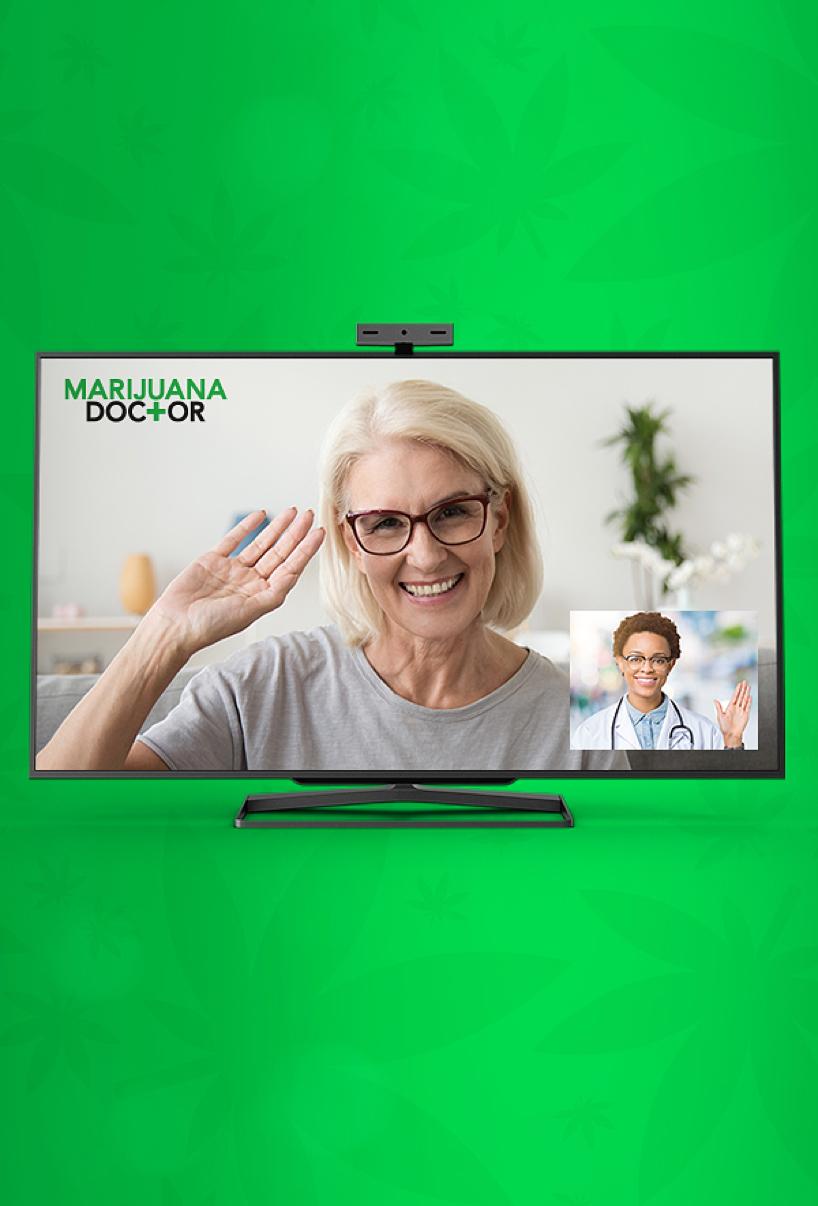Just last week, Governor Rick Scott signed into law the rules and regulations for Florida’s new medical marijuana program. The Florida Legislature passed measure (SB 8A) in early June, effectively implementing the will of the voters this past November, or so we thought.
Although Amendment 2 received overwhelming support (71% of the vote!), Florida lawmakers decided to throw in some unexpected and surprising restrictions, most notably the prohibition of the sale and consumption of combustible flowers. In other words, patients will have to make do with the oils, ointments, and edibles currently. There is some hope however. Last week, Orlando attorney, John Morgan filed a lawsuit against the state regarding the ban on smokeable marijuana. We’ll be sure to keep you updated regarding this lawsuit on our blog!
While the legal situation is playing out in the court room, we thought we could take this opportunity to explore the pros and cons of the different methods of medicating.
Smoking
Smoking is arguably the simplest way to get your dose of cannabinoids. After all, you just have to pack a pipe or bong (especially if joint-rolling isn’t in your list of talents) and you’re good to go. So why is Florida so against it? To better answer this question, let’s look at the benefits and drawbacks.
Pros
Aside from its convenience, smoking cannabis brings virtually instant relief, according to an article published in the National Center for Biotechnology Information (NCBI). It states that “Smoking cannabis provides rapid and efficient delivery of THC to the brain. THC can be detected immediately in plasma after the first puff of a cigarette [joint]; peak concentrations occur within 10 minutes…” Therefore, smoking is an excellent way to immediately address the sudden onset of symptoms from illnesses that cause sudden pain or nausea.
Furthermore, there is plenty of research to support the notion that inhalation and ingestion of the whole plant allows for the full medicinal value of the plant to be used. Marijuana contains a large variety of cannabinoids and terpenoids, many of which are removed during the refinement process for making many oil based products. However, when all of these compounds are consumed together, there is synergy between them which is often referred to as the “entourage effect.”
Cons
Despite its quick delivery, combustible herbs are far from safe. Another NCBI article explains that “Smoking cannabis generates a large amount of unwanted side products, of which carcinogenic compounds are the most dangerous.” In other words, smoking buds has the potential to increase the risk of cancer, but due to the classification of marijuana as a Schedule 1 drug by the federal government, there hasn’t been sufficient research to prove if there is a correlation between the two.
The most significant downside to smoking in Florida is that it is currently now allowed under the medical marijuana laws! We are hopeful this will change within the next year so that patients can have more control over their medical treatment.
Vaping
Vaporizers are devices that use heat to activate the cannabinoids in marijuana without requiring complete combustion. There are many different types of vaporizers that use different types of marijuana products. Some vaporizers use the same flowers that you can smoke, while other vaporizers work with THC oils and extracts. The current ban on selling and consuming flowers in Florida limits patients’ options when it comes to vaping.
Pros
First and foremost, vaporizers are just as convenient as other methods of smoking. Just pop a small amount into the bowl, heat it up and smoke away. In fact, they can be much more efficient, requiring less buds to achieve the same effect.
More importantly, vaping is safer. According to an article in Science Daily, researchers compared the output of carbon monoxide from a joint versus a vaporizer. They found that “…there was virtually no exposure to harmful combustion products using the vaporizing device.”
Then of course we have rapid onset. Science Daily went on to explain that the effects were felt nearly as quickly as with traditional smoking. Therefore, similar to combustible herb, the quick delivery makes it a great option for treating sudden onset symptoms like pain or nausea.
Cons
Considering the current ban on using marijuana flowers, the only products available to use in vaporizers are oils. Without being able to use buds in a vaporizer, you won’t be able to have the previously mentioned, “entourage effect”.
Another aspect to consider when it comes to vaping is the cost. While there are cheap vaporizers available, a decent one can easily cost upwards of $50, with some prices ranges climbing into the triple digits. Nonetheless, it’s a worthy investment if you’re health-conscious, yet still want to smoke cannabis.
Oral Administration
Although direct-to-lung consumption appears to be popular, edible alternatives continue to gain popularity for people who want to avoid inhaling smoke, or just prefer the different effects that you get from using edibles. If you’re looking to try eating over smoking, expect to find a range of options. From tasty baked goods or candies to pure oral tinctures, you’re guaranteed to find something that suits your taste.
Pros
One major bonus when it comes to oral cannabis is that there’s no smoke involved, and you aren’t inhaling anything. This makes the use edibles a preferred route of administration for those that want to avoid the risk of irritating their throat and lungs.
Second, consuming cannabis by mouth is much more discreet. There’s no need to light up, nor does it have an odor.
Lastly, the effects are felt more strongly. According to Dr. Deborah Malka (MD), PhD “Eating marijuana-infused preparations usually leads to a longer, stronger and much more physical effect than smoking.” With that in mind, edibles are ideal for those looking for a long-lasting, and potent medication. These attributes make them ideal for conditions such as insomnia and muscle spasm.
Cons
One obstacle is that, unlike smoking, the cannabinoids in tinctures or edibles have to pass through your digestive system, resulting in the delayed onset of effects. Ingested cannabis can sometimes be felt within 30 minutes, while it can also take up to 2 hours. The timeframe makes it an inefficient option for treating sudden pain or nausea.
The delayed onset can lead to additional troubles when it comes to dosing. Novice users may end up believing that they have not taken enough, when in fact the medicine has not yet taken full effect. This confusion can result in people consuming more than they need to, resulting in effects that are stronger than necessary, and can lead to an unpleasant experience.
Topical Creams
Topical creams are another way to use medical marijuana. While smoking and ingesting rely on the lungs and digestive system respectively, creams allow you to absorb cannabinoids through your skin; however, this only works for certain conditions, which we will cover shortly.
Salves and creams are the most common versions. Typically, salves are created with coconut oil and beeswax, while creams use shea butter as the carrier.
Advantages
A major advantage with topical creams is that they are not psychoactive, meaning you won’t be getting “high.” Better still, creams allow for direct application to an affected area. This makes it easy to quickly target the source of the problem, rather than rely on the generic effects of smoking or ingesting.
Disadvantages
The nature of topical creams makes them not very useful for every type of illness. Various studies found that these products were somewhat effective in treating skin allergies, localized pain, inflammation and skin conditions like psoriasis. Neurological or physical issues that affect the entire brain or body won’t be treated effectively through topical salves or balms.
Where We Stand Today
Although Senate Democrats tried to allow for smoking in the bill by arguing that 90 percent of users smoke it, it was still voted down. 90% is a huge majority. If users can’t smoke their herb of choice, it greatly restricts the freedom for patients to choose how they consume their medicine.
It is sheer silliness to tell a patient with a terminal illness that smoking marijuana is too harmful for you, so you aren’t allowed to do that. We could also go into the irony of banning smoked marijuana while cigarettes remain legal, but it is beside the point.
With all of that said, we strongly support John Morgan and his lawsuit against the State of Florida to remove the smoking ban, so that we can move forward with helping to provide patients with the treatment they want and need.
























